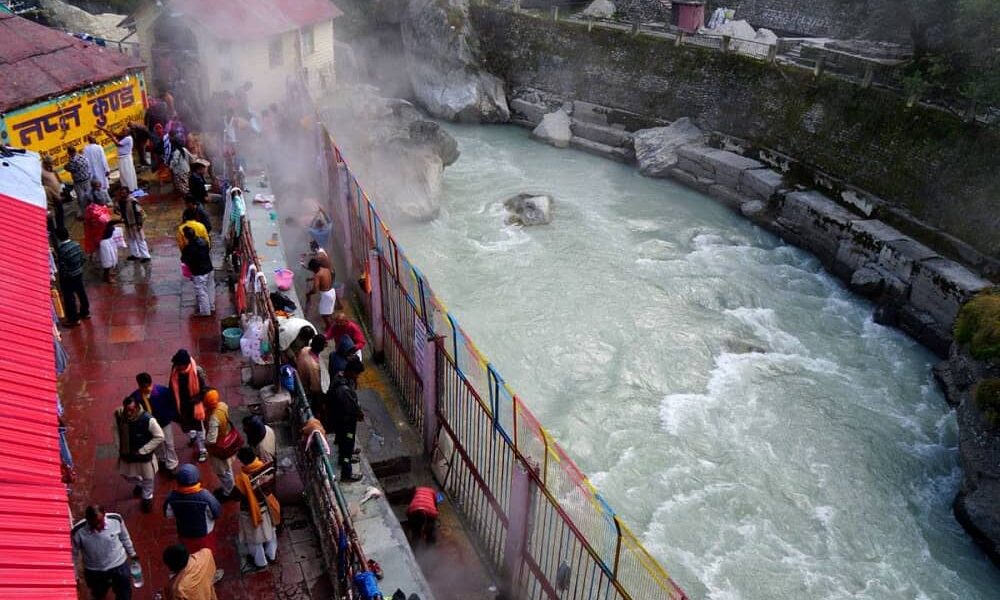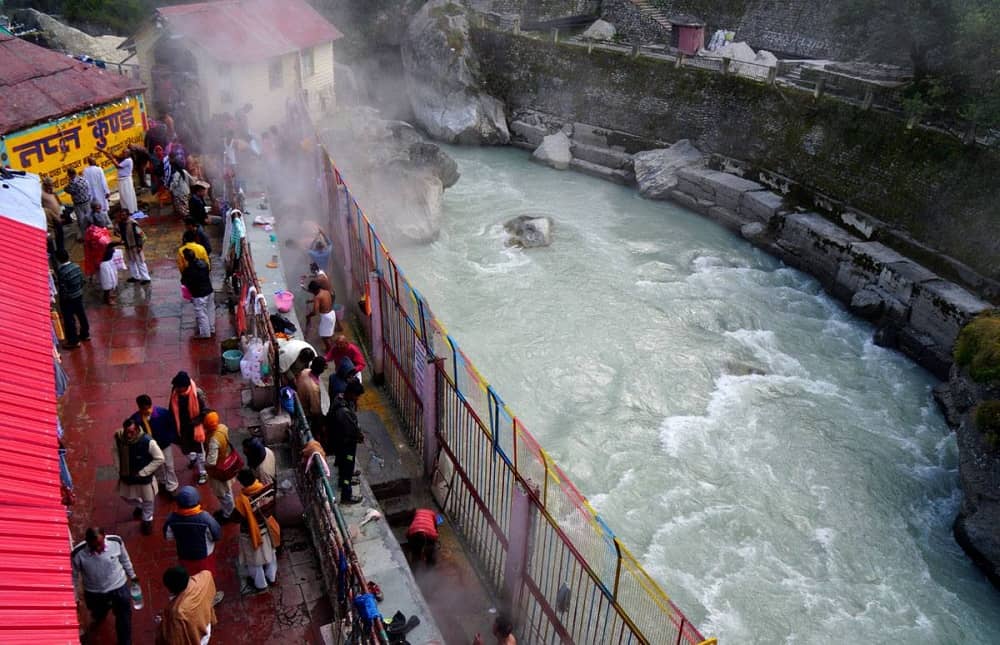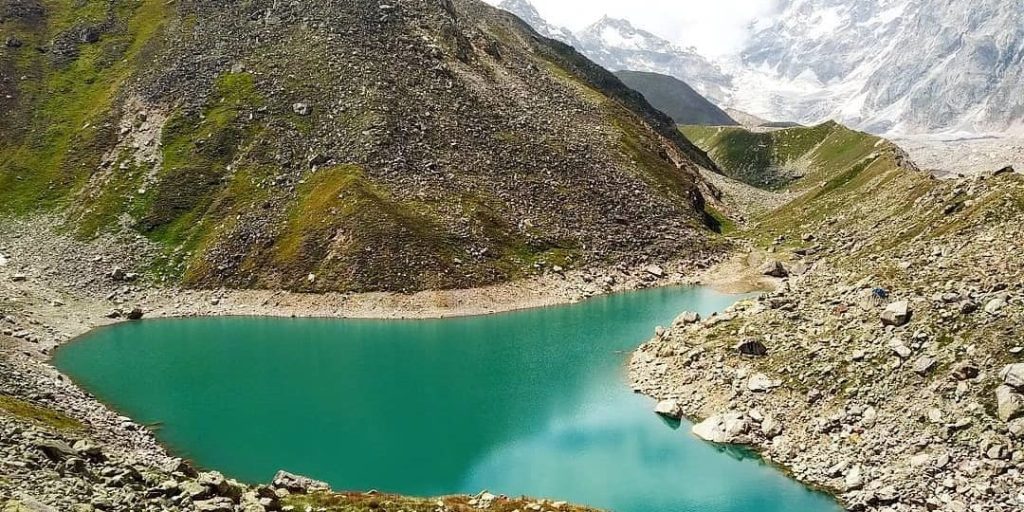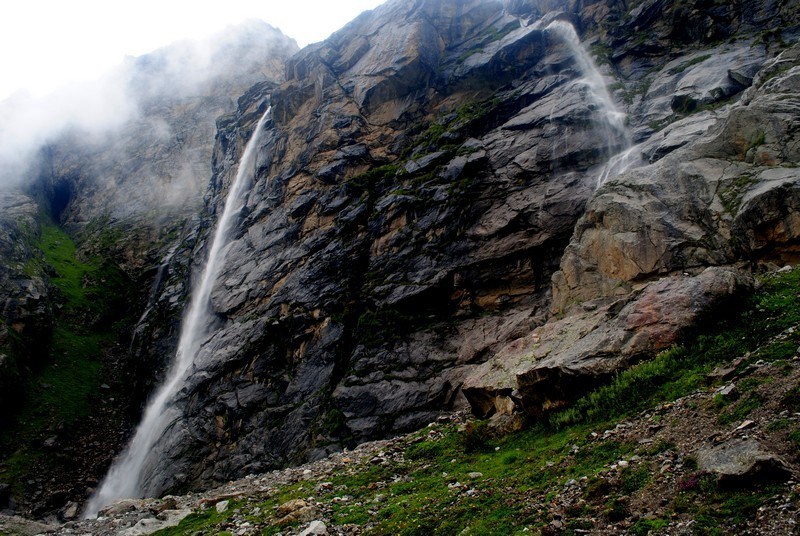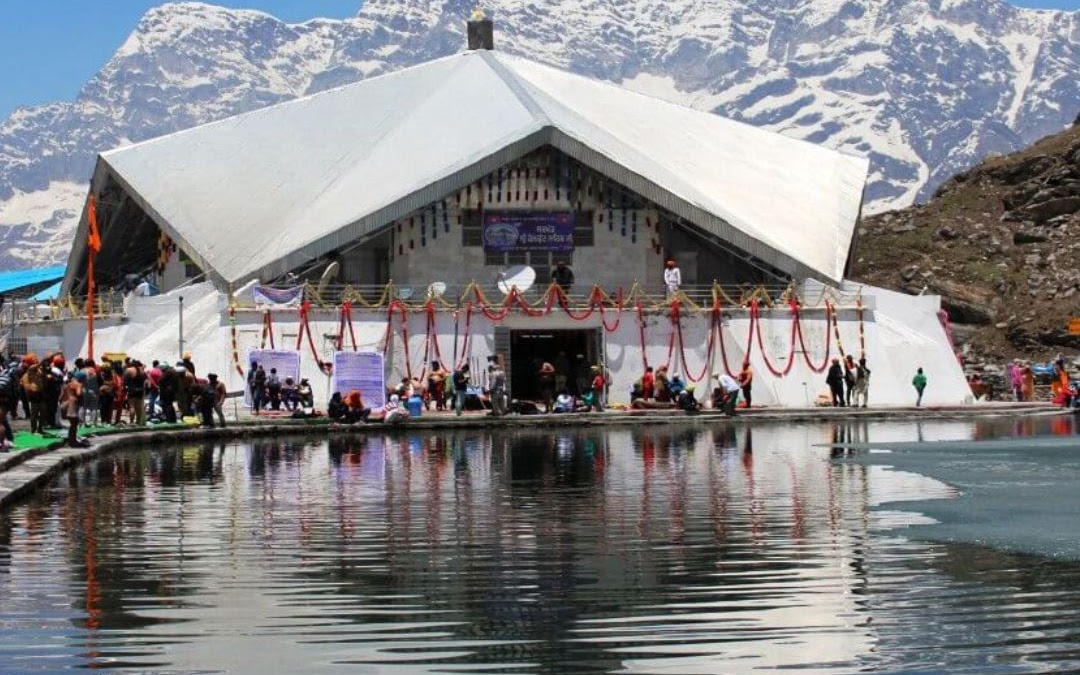Badrinath, one of the holiest pilgrimage sites in India, is not only revered for its ancient temple dedicated to Lord Vishnu but also for its mystical thermal springs. Among these, Narada Kund, Surya Kund, and Tapt Kund hold immense spiritual and therapeutic significance. These hot springs attract thousands of devotees and travelers every year, offering a unique blend of divine energy and natural healing.
The Legend and Significance of Narada Kund
Narada Kund is perhaps the most sacred among the three thermal springs in Badrinath. Named after the divine sage Narada, this hot spring is believed to be the place where the great sage composed the Narada Bhakti Sutra, a revered scripture in Hinduism that extols the path of devotion (bhakti).
According to legend, the idol of Lord Badrinarayan (Vishnu) was discovered in Narada Kund by Adi Shankaracharya, the 8th-century philosopher-saint who revived Hinduism. He retrieved the idol from the waters of the Alaknanda River and installed it in the Badrinath Temple, where it is worshipped to this day.
Devotees believe that taking a dip in Narada Kund purifies the soul and washes away sins. The water is also known for its medicinal properties, as it contains sulfur and other minerals that help in relieving skin ailments and joint pains.
The Healing Waters of Surya Kund
Adjacent to Narada Kund lies Surya Kund, another significant thermal spring named after the Sun God, Surya. The water here is extremely hot, often reaching near-boiling temperatures, making it unsuitable for bathing. However, it plays a crucial role in the rituals of the Badrinath Temple.
The priests of the temple use the water from Surya Kund to prepare the “Mahaprasad” (holy offering) for Lord Badrinarayan. The heat from the spring is utilized to cook the raw rice that is later offered as prasad to the deity. Devotees consider this prasad highly auspicious and believe it brings divine blessings.
Tapt Kund: The Purifying Bath Before Darshan
Tapt Kund, located just below the Badrinath Temple, is the most frequented hot spring by pilgrims. The name “Tapt Kund” translates to “hot spring,” and its waters are believed to have immense purifying powers.
It is a customary ritual for devotees to take a holy dip in Tapt Kund before entering the temple for darshan (worship). The warm, mineral-rich waters are said to cleanse the body and mind, preparing the pilgrim for a spiritual experience. The temperature of the water remains naturally warm, making it comfortable even during the freezing winters of Badrinath.
Apart from its religious significance, Tapt Kund is also known for its therapeutic benefits. The sulfur-rich waters are believed to cure various skin diseases, improve blood circulation, and alleviate rheumatic pains.
The Science Behind the Thermal Springs
The thermal springs of Badrinath are a result of geothermal activity in the region. The Himalayan belt is geologically active, with hot water emerging from deep within the earth’s crust, enriched with minerals like sulfur, boron, and radon. These minerals contribute to the healing properties of the springs.
Studies have shown that such sulfur springs have anti-inflammatory and antibacterial effects, making them beneficial for skin conditions like eczema and psoriasis. The warmth of the water also helps in relaxing muscles and reducing joint stiffness, which is why many visitors with arthritis find relief after bathing in these springs.
Best Time to Visit the Hot Springs of Badrinath
The Badrinath Temple and its thermal springs remain open for pilgrims from April to November (Akshaya Tritiya to Bhai Dooj) due to extreme winter conditions. The ideal months to visit are May to June and September to October, when the weather is pleasant, and the pilgrim rush is manageable.
How to Reach Badrinath
Badrinath is well-connected by road, and the nearest major towns are:
- Nearest Airport: Jolly Grant Airport, Dehradun (317 km away)
- Nearest Railway Station: Rishikesh (295 km away)
- By Road: Regular buses and taxis are available from Haridwar, Rishikesh, and Joshimath.
Conclusion
The thermal springs of Badrinath—Narada Kund, Surya Kund, and Tapt Kund—are not just natural wonders but also integral parts of the spiritual journey in this sacred town. Whether seeking divine blessings, physical healing, or mental peace, these hot springs offer a unique experience that blends faith and nature’s miracles.
A visit to Badrinath remains incomplete without immersing oneself in the holy waters of these thermal springs, carrying forward a tradition that has been revered for centuries.
-
Narada Kund, Surya Kund, and Tapt Kund Badrinath
These hot springs attract thousands of devotees and travelers every year, offering a unique blend of divine energy and natural healing.
-
Badrinath To Satopanth Tal Trek Journey
The lake also features in Mahabharata lore, believed to be connected to the Pandavas’ journey to heaven.
-
How to Trek to Vasudhara Falls from Badrinath
Located approximately 10 kilometers from the sacred town of Badrinath, Vasudhara Falls is a spectacular natural wonder in the Himalayas
-
The Story of Hemkunt Sahib and Why People Visit
One of the most special and beautiful pilgrimage sites for Sikhs worldwide. It’s not just a place; it’s a journey of faith and nature.

